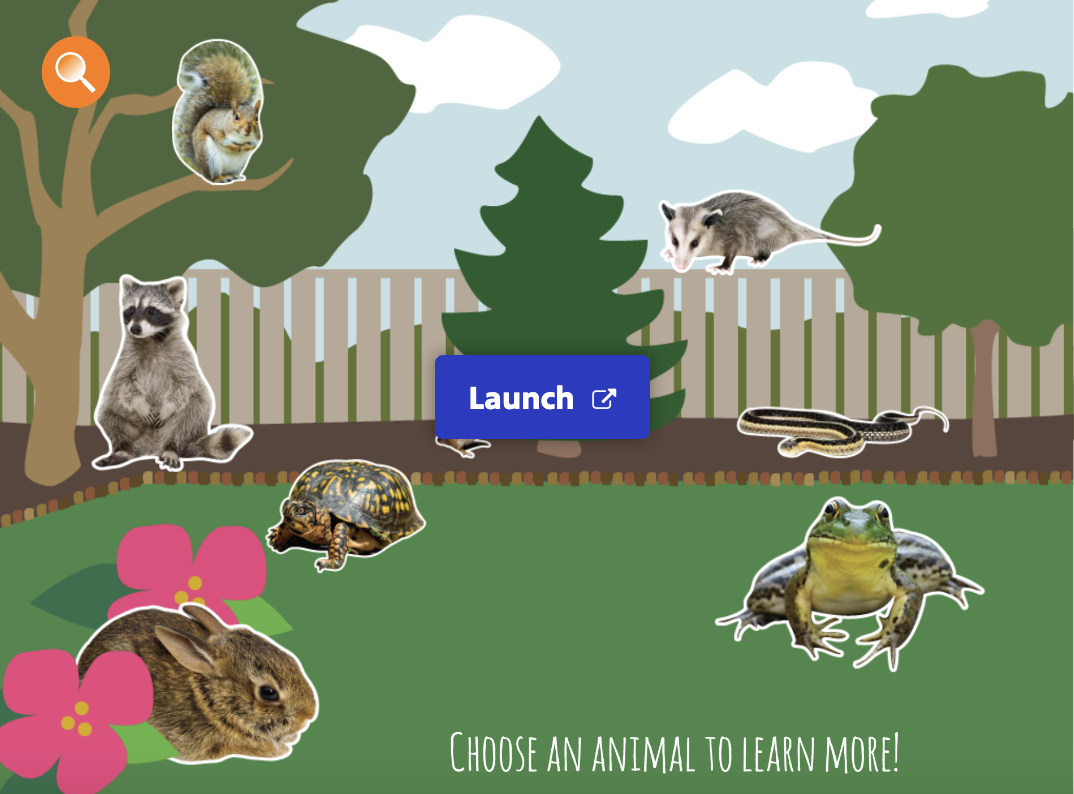This lesson allows students to construct solar system models showing the comparative sizes of the planets to a scale. The students will also use their models to carry out an investigation to analyze and interpret the distances between planets in the Solar System. This lesson uses common objects easily obtained by teachers.
This lesson was created as part of the 2016 NASA STEM Standards of Practice Project, a collaboration between the Alabama State Department of Education and NASA Marshall Space Flight Center.

